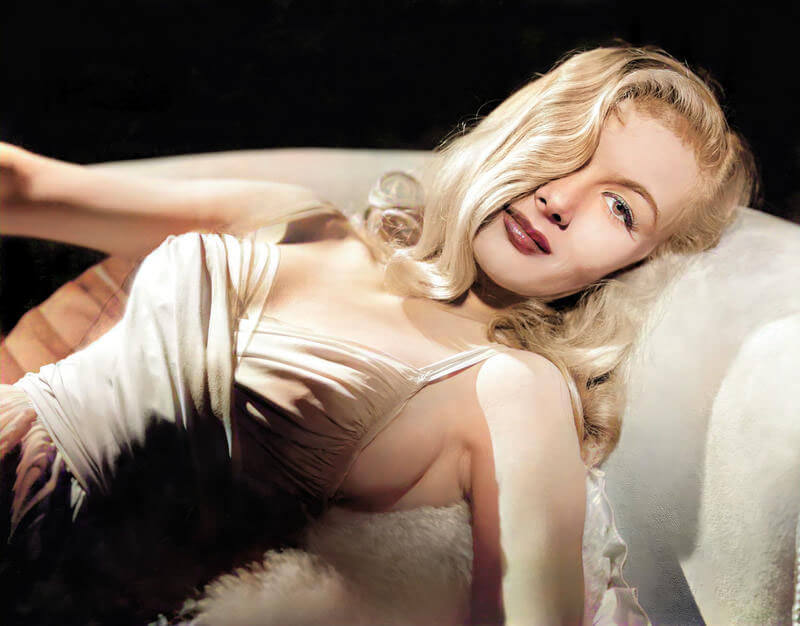Vamp Theda Bara in Cleopatra (1917)

In terms of Elizabeth Taylor, long before she played the classic Cleopatra onscreen, Vamp Theda Bara did it magnificently in silent movies. The film was Theda’s most successful and well-known, and this was most likely due to the reputation Theda’s people had developed for her as an actor. They branded her a “vamp,” which was a word used in silent movies at the time to describe a sexy woman. On top of that, they praised Theda, an Ohio native whose religion was of prohibited esoteric origin. So when the part of Cleopatra became available, Theda was the ideal choice.
Vamp Theda Bara (1915)

Theda Bara, the first sex symbol of the acting profession and a notable one during the silent cinema period, made almost 40 films in just 12 years. People liked and were nearly satiated by watching Theda at the time, owing to her fabricated personal narrative, which many viewers felt was authentic. People believed that Theda was from Egypt and possessed magical abilities of dominion, darkness, and sexual prowess. Unfortunately, the Fox studio in California was destroyed by a big fire in 1937, destroying so many pictures that we’ll never see again, including most of Theda’s, including her legendary smash film, Cleopatra.
Veronica Lake (1941)

Veronica Lake was the Hollywood It Girl for a little more than a decade, with so many successful movies that you couldn’t find many without the starlet. But, because the acting was something Veronica’s mother pushed her into and she’d never wanted to do in the first place, Veronica unexpectedly departed Hollywood after ten years of popularity. Her life would subsequently become a series of disasters, including drunkenness, financial difficulties to the point of near-homelessness, several unsuccessful marriages, and the loss of her kid.
Lana Turner, Judy Garland, and Hedy Lamarr (1941)

This film, starring three renowned women, is one-of-a-kind. Ziegfield Girl was the first film that did not attempt to cast Judy Garland in the lead part; instead of focusing on the star, they could build-out out the true lead—Lana Turner. And it succeeded, with Lana becoming so famous that she went on to enjoy a two-decade career with the company that produced the picture. With a Baz Luhrman-Esque atmosphere, an abundance of musical compositions, wacky melodrama, and duration that audiences couldn’t sit through today, the film was practically the only one of its sort.
